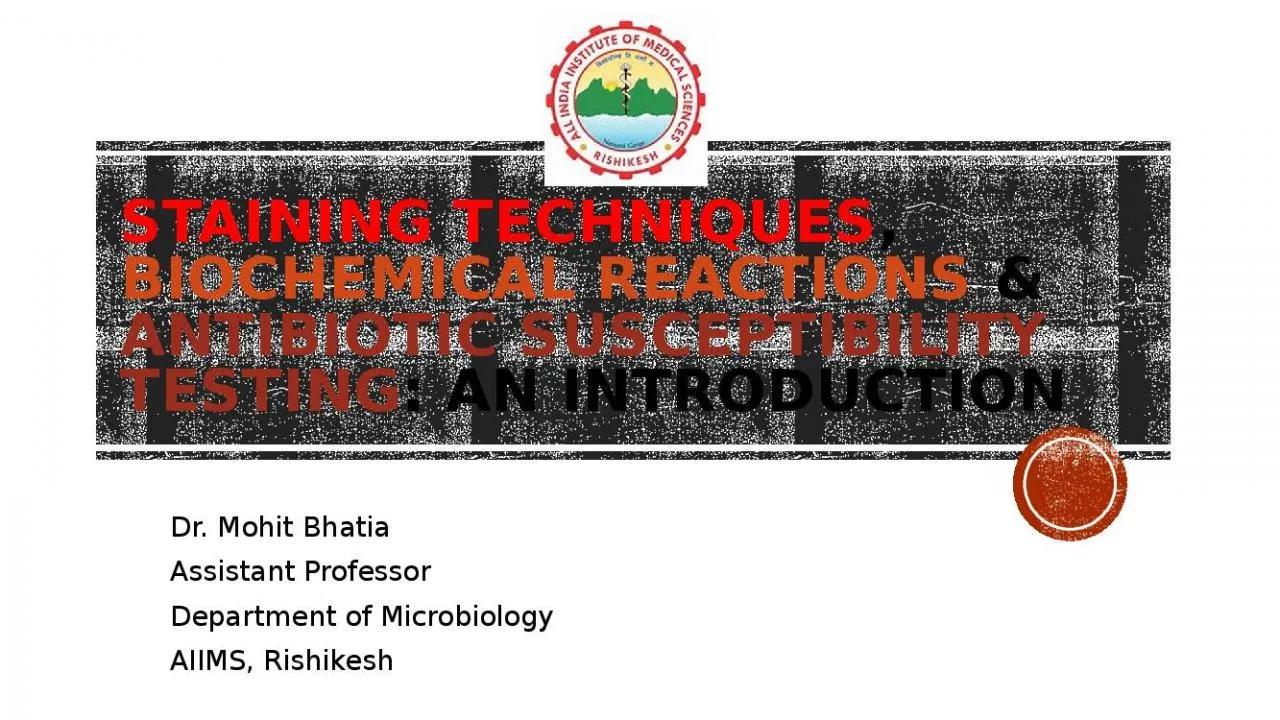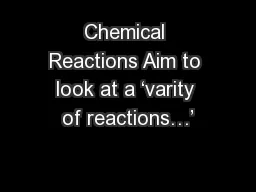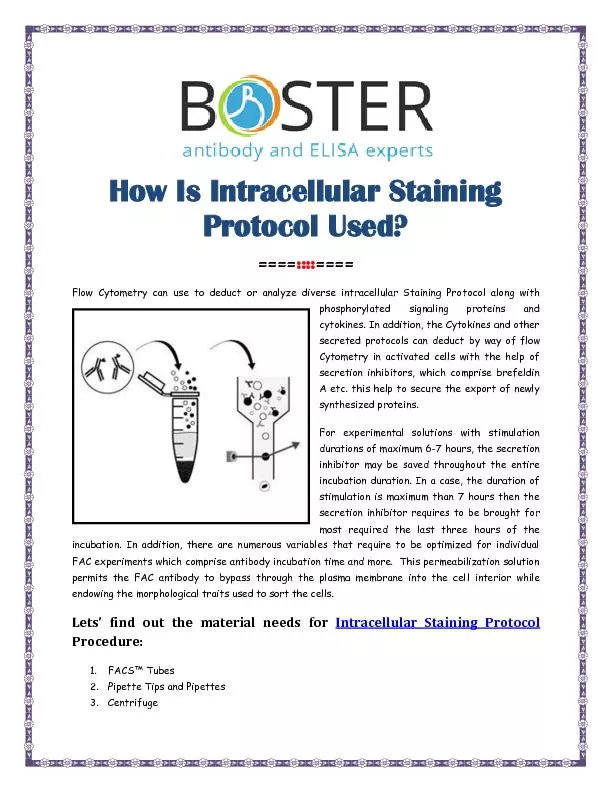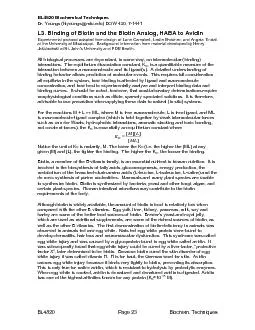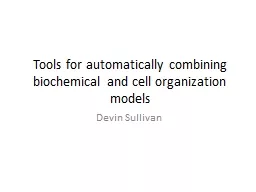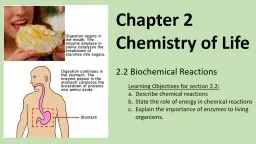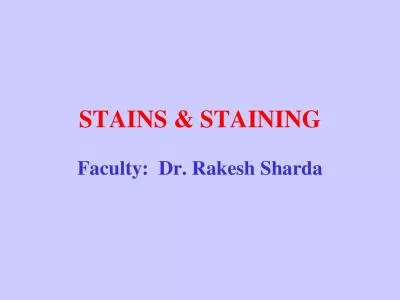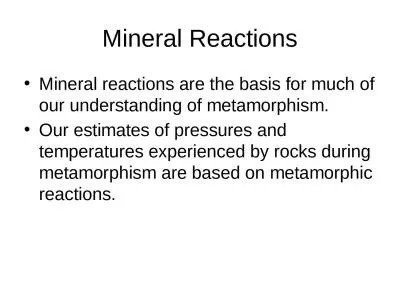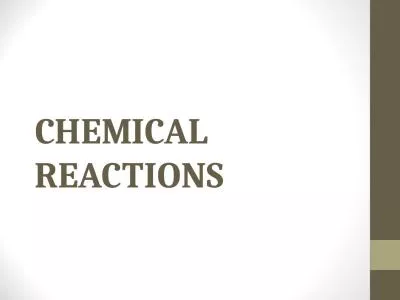PPT-Staining techniques , Biochemical reactions
Author : ivy | Published Date : 2022-02-16
amp Antibiotic susceptibility testing An introduction Dr Mohit Bhatia Assistant Professor Department of Microbiology AIIMS Rishikesh Staining techniques Smear
Presentation Embed Code
Download Presentation
Download Presentation The PPT/PDF document "Staining techniques , Biochemical react..." is the property of its rightful owner. Permission is granted to download and print the materials on this website for personal, non-commercial use only, and to display it on your personal computer provided you do not modify the materials and that you retain all copyright notices contained in the materials. By downloading content from our website, you accept the terms of this agreement.
Staining techniques , Biochemical reactions: Transcript
Download Rules Of Document
"Staining techniques , Biochemical reactions"The content belongs to its owner. You may download and print it for personal use, without modification, and keep all copyright notices. By downloading, you agree to these terms.
Related Documents

